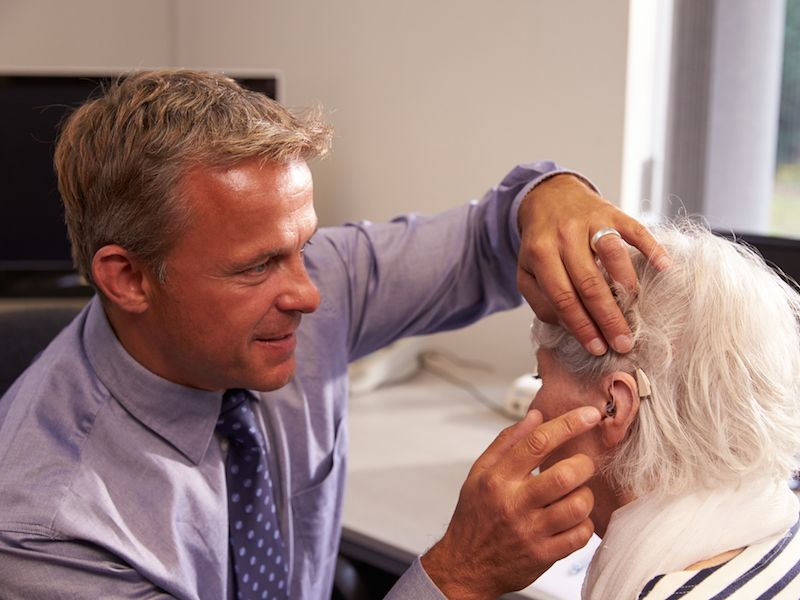
The numbers don’t lie: you may need hearing aids someday. A study from NIDCD states that approximately a quarter of all individuals from 60 to 75 have some form of hearing loss, and that figure goes up to 50% for those 75 and older. The best means to fight age-related loss of hearing is to wear a hearing aid, but how do you know which model is the right one for you? Hearing aids at one time had issues including vulnerability to water damage and excessive background noise but modern day hearing aids have solved these sorts of problems. But there’s still a good deal you need to know when choosing a hearing aid to be certain it works with your lifestyle.
Directionality is a Key Feature
One important feature you should pay attention to in a hearing aid is directionality, which has the ability to keep background noise to a minimum while focusing in on sound you want to hear such as conversations. One, or both, of two directionality systems are working inside most hearing aids, they either focus on sound directly in front of you, or they focus on sound coming from different speakers and sometimes do both.
Can You Use it With Your Phone?
It’s become apparent, we’re addicted to our phone as a nation. Even if you don’t have a smartphone, chances are you have an old-style cell phone. And for those few who don’t actually own a cell phone, you probably still have a land-line. So, how well hearing aid works with your phone is an essential consideration when you’re looking at hearing aids. How does it sound? Are you capable of discerning voices clearly? Is it Comfortable? Is it Bluetooth Ready? When looking at new hearing aids, you should consider all of these.
What is The Likelihood You Would Actually Wear it?
As mentioned above, hearing aid development has advanced tremendously over the past few years. One of those advances has been the size and shape of hearing aids, which are a lot smaller nowadays. But there are undoubtedly pros and cons. A more compact hearing aid may not be as powerful as a larger one, so it mostly depends on your hearing specialist’s recommendation and what you need to accomplish with your hearing aid. You can get a hearing aid that fits directly in your ear canal and is all but invisible, but it won’t have many of the features available in larger hearing aids and can sometimes be prone to earwax clogs. On the other side of it, a behind the ear hearing aid is larger and might be more obvious, but often have more directionality features and provide more choices for sound amplification.
What Type of Background Sound Will You be Exposed to?
Wind noise has been an extreme difficulty for hearing aid users since they were invented. Being outside on a windy day with a traditional hearing aid once meant that you couldn’t hear anything except the wind, which is enough to drive anyone insane. you live in a windy place or if you’re an outdoor person so you’ll want to suppress wind noises with your hearing aid decision so that conversations won’t have that irritating wind howl. Looking for more information about how to choose the right hearing aid? Get in touch with us.
